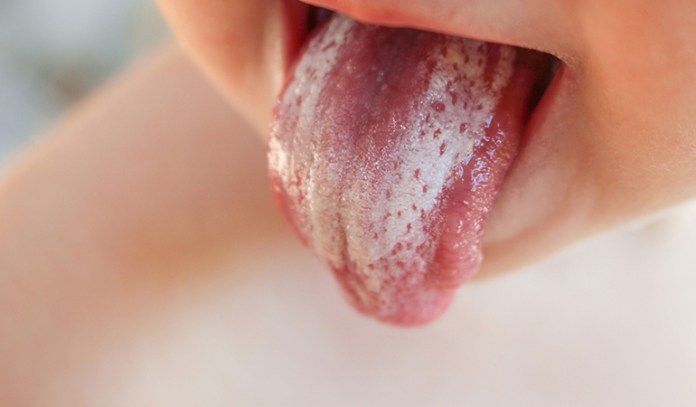A pacifier is a seemingly harmless object. It can calm down an upset baby, so it’s a useful soother. Parents also give babies pacifiers to stimulate sucking reflexes. In fact, pacifiers are so normal that they’re some of the first things that expecting parents buy. But are they even safe?
If they’re not used properly, pacifiers pose dangerous risks. Check out these seven possible side effects of a pacifier.
1. Oral Infections

Pacifiers are a lot like toothbrushes. The constant oral contact makes it easy for germs to grow. If it’s not cleaned properly, a mouth infection is likely.
The main pathogens on pacifiers are Staphylococcus bacteria and Candida fungus. However, contamination is more common on latex pacifiers. Use silicone ones to prevent the risk of oral infections.
Regularly cleaning the pacifier will also reduce the risk of this side effect.1
2. Breastfeeding Problems

If you want to breastfeed your baby, avoid pacifiers in the first six months. Using it too soon can significantly disrupt breastfeeding.2 It’s even linked to a shorter duration of breastfeeding, so keep this side effect in mind.3
3. Distant Relationship

Breastfeeding doubles as mother-baby bonding. But remember, pacifiers will shorten the duration. This means less bonding, and therefore, a greater distance between the two of you.4
4. Choking Risk

Possible baby pacifier side effects include strangulation. This is why you should never tie the pacifier around a baby’s neck or hand. To play it safe, use a pacifier with a clip or nothing at all.5
5. Speech Problems

Pacifier use should stop for babies around 3 to 4-years-old. Otherwise, it can mess with normal development of their mouth and teeth. This can easily lead to speech problems.
Issues with swallowing, mouth structure, and tongue position might also crop up.6
6. Tooth Decay Risk

Thanks to contamination, there’s a greater chance of tooth decay. This pacifier effect on a baby’s teeth is surprisingly higher than sucking fingers.
The problem is more common in children aged 3 to 5 years. It may be linked to the more frequent eating of solid foods. Regardless, tooth decay is yet another reason to stop pacifier use early!
7. Allergies

A latex pacifier poses a risk for allergies. Symptoms include inflammation of the nose, mouth, and eyes. Even the throat can swell up, leading to breathing problems.
To avoid this side effect, always use silicone pacifiers.7
The journal Pediatrics suggests that parents can “clean” a pacifier by sucking on it. Your saliva, after all, has microbes that may stimulate the baby’s immune system. This is thought to minimize the risk of allergy development.8
Note: Before trying it out, check with your baby’s doctor first.
Don’t let these pacifier side effects stop you from using one. It can really help comfort your little one! Plus, research shows that pacifiers might reduce the risk of sudden infant death syndrome or SIDS.
The key is to time it right. Wait until your baby is six months old, and always clean it well. As she nears 3 years, start weaning her off to avoid dental and speech problems.
References





